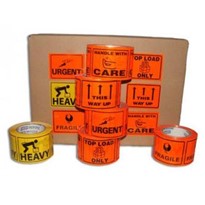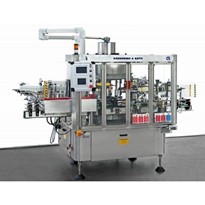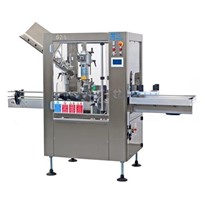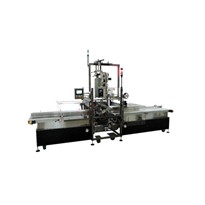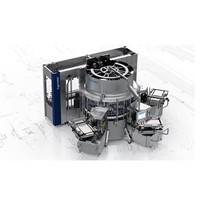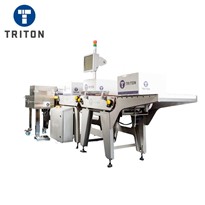Specialist requirements need specialist technology.
The tracking of goods through the transport and logistics process relies on barcode labeling. Pallets, bulk goods, satchels, parcels, boxes and ‘ugly freight’ (that which is large, bulky or fragile), all carry labels which hold information about the goods and their transportation journey.
The physical demands of transportation labeling
Transport labeling has different and more demanding requirements than the barcode labeling on, say, an individual product that will be sold in a supermarket. The way it is used and the conditions it will need to withstand are far tougher than simply sitting on a shelf until it’s scanned at the checkout. From factory to warehouse to truck, to forklift – transport labels need to be able to remain in place and stay legible through dust, rain, cold, sunlight and manual handling.
The data requirements of transportation labeling.
Transport labels also need to be able to store a lot of data if they are to help streamline the transportation process.
Traditionally, 1D linear barcodes have been used to track freight through the logistics system However, this symbology is only able to carry a limited amount of data, which can make the logistics process less than efficient. GS1 in Australia has invented a new, updated freight labeling standard to address this issue. The standard, called Scan4Transport, uses a 2D barcode, which can hold significantly more data. This means that additional details can be provided, such as the type of package, the pickup and delivery addresses, whether the goods need to be signed for.
2D barcodes are more easily scannable, from any direction, and less likely to be unreadable if slightly damaged.
The Scan4Transport standard ensures that humans, as well as machines, can easily read the labels.
These factors all combine to help logistics providers streamline their process, interface with other links in the supply chain and enable their workers to be far more productive. Which ultimately leads to more satisfied customers.
Producing logistics labels
In order to produce print labels that are optimized for use in the transportation and logistics industry, you need the right technology:
- Smart label software that complies with the GS1 Scan4Transport standards
- High quality, reliable tough label printers.
Software
Bartender label software creates and designs labels that comply with the GS1 Scan4Transport standard. Bartender simplifies label creation, with pre-designed templates for Scan4Transport compliance standard. It has a web app and print station for remote printing, advanced functions such as data sourcing and serialisation, supports multiple languages for international logistics, and integrates with other software solutions.
Printers
Toshiba label printers are known for their durability and reliability. They are built to withstand tough conditions, and have wireless connectivity, making them a great choice for the transportation industry, where printing is often done in the warehouse or factory, not in an office.
In transportation, it is essential to use the type of label material that best meets the demands of the particular freight you’re carrying, so that it stays put throughout the journey. Toshiba label printers can handle a wide range of label materials, including paper and synthetic materials. Being able to create a wide range of labels from a single device makes Toshiba a flexible and cost effective choice.
Speed is essential when you have a large number of freight items to dispatch, and Toshiba’s high-speed printing and large media capacity help to meet these demands.
Better together
When used together, Toshiba label printers and Bartender label software provide an easy and efficient way to create and print labels that comply with the GS1 Scan4Transport standard. The ease of use and flexibility of these tools allow you to print high-quality labels quickly and easily, saving time and money.
In summary, the combination of durable hardware and powerful software ensures that your labels will be of the highest quality and will be able to withstand the rigors of the transportation industry.




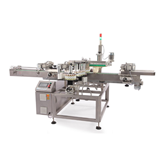
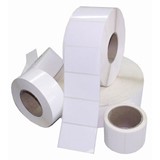
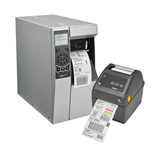
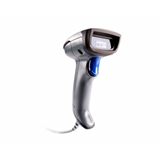
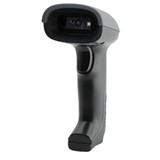
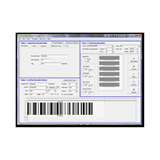
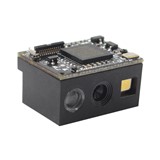
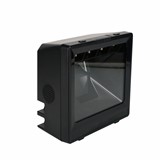

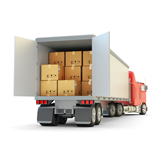
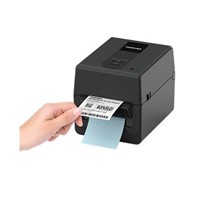
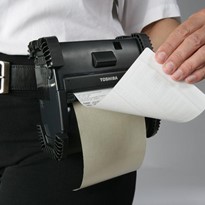
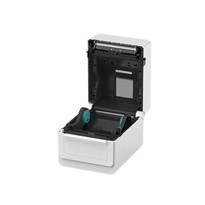
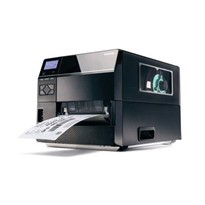
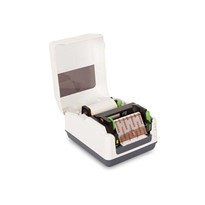
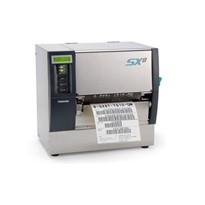
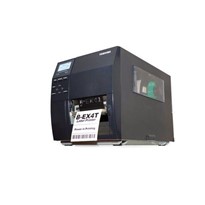
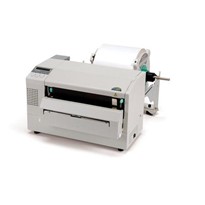
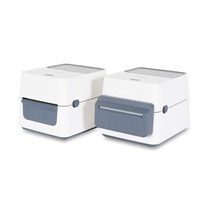
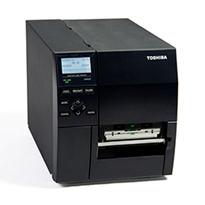
-205x205.jpg)



